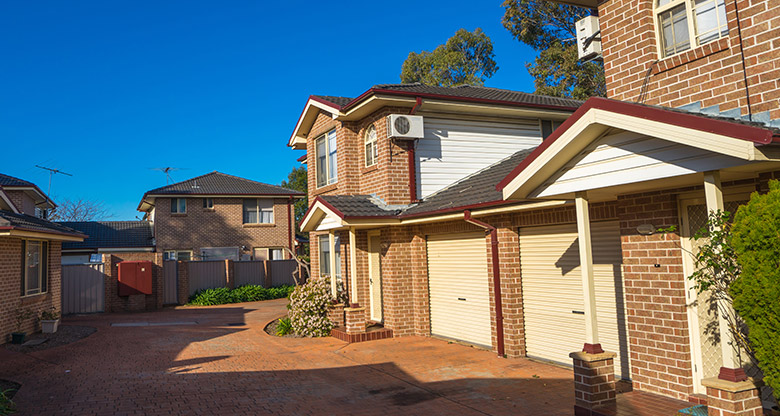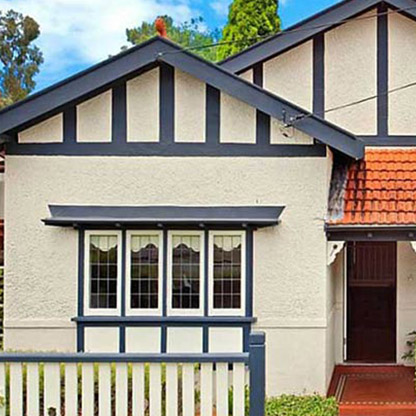Speak to your bank
Your mortgage lender or bank can help you determine what your current property may be worth and how much equity could be in it. If you’ve only recently purchased your property you may need to give your equity some time to grow.
Once you have enough equity in your property, you may be able to use that towards a deposit for your next property purchase.
Define your investment strategy
When it comes to owning investment properties, are you looking for rental yield or capital growth? Ideally you’ll have a strategy in place that delivers both, but this is not always possible.
Broadly, a positively geared property means that the gross rental income is greater than the ongoing costs of owning the property. If you’re on a high income, you may choose to prioritise capital growth because you’re confident you can cover the cost of the mortgage.
Alternatively, some investors choose to negatively gear their properties. Negatively geared properties are those where the rental income is less than the ongoing loan repayments and other costs. The losses incurred in renting the investment property can then be offset against your salary, which ultimately reduces your total taxable income and therefore the amount of tax you have to pay.
Pick your property
Once you’ve decided on your investment strategy, you can start looking at what properties are available on the market and where you want to buy. You can search for properties through our property search site. And our home loan calculators can help you work out how much you may be able to borrow and what your repayments could be.
Make sure you budget for all the costs that come with owning an investment property, such as council rates, management fees, and home insurance for landlords, as well as periods in which the property may not be tenanted.
Remember that there is always risk with any investment in property. It’s important to do as much research as you can to reduce the risk of something unexpected happening.




